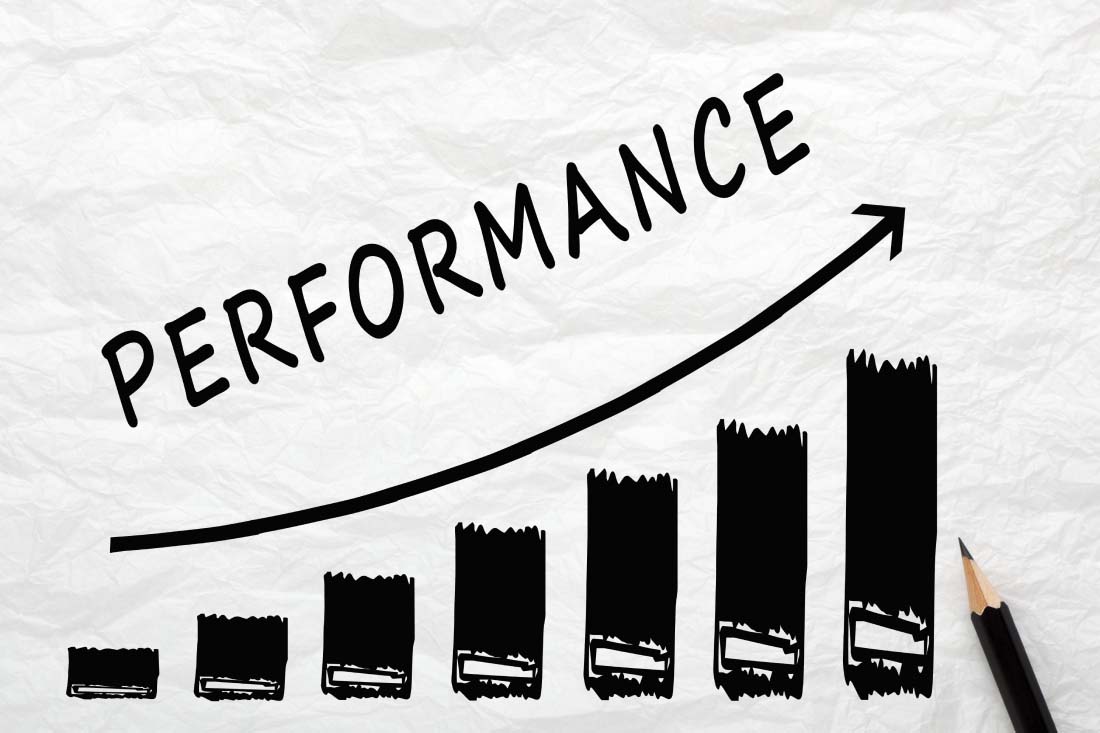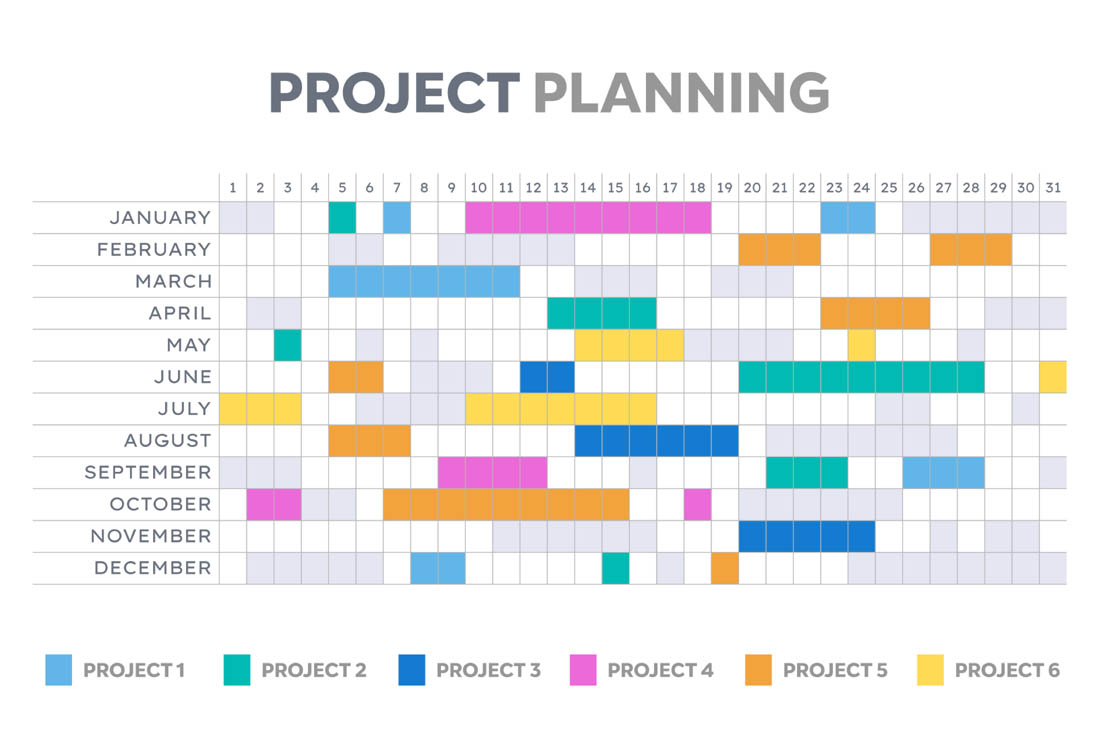If your goal is to help your organization operate more efficiently, increase output and improve employee performance, you need more than just motivational posters and time-blocking apps. You need real, actionable business productivity tips tailored to your team’s dynamics, workflows and business goals.
At ActivTrak, we work with thousands of teams using workforce analytics to drive smarter productivity decisions. Based on those insights, here are 12 practical productivity tips to boost performance across your business.
1. Use data to measure and manage productivity
If you can’t see how productive work happens (or doesn’t happen), you can’t improve it. Do you know where employees get the most work done? Do you know if employees are engaged and focused or heading toward burnout? By the time employees are missing deadlines or not hitting goals, it’s too late.
Start by analyzing employee workflows, app usage and focus time. Leverage tools like ActivTrak’s productivity monitoring software for real-time visibility into where time is spent to help pinpoint productivity blockers or inefficiencies. Catch the signs of burnout like overwork before employees reach a crisis point. Using data ensures you make informed decisions rather than just guessing at what will help employees be more productive.
2. Set clear goals and define success
Establishing clear goals is the foundation of any productive business strategy. Employees must understand what’s expected of them so they can align their efforts with those objectives. This improves individual performance and team cohesion for better collaboration. At the same time, a clear definition of what success looks like empowers you to better measure how your employees are performing.
Use SMART criteria (specific, measurable, achievable, relevant and time-bound) to create goals that make sense. Revisit and adjust objectives so you know they’re relevant and motivating. Incorporate feedback mechanisms so employees can be part of the goal-setting process to give a more holistic picture of what you should be focusing on.
3. Prioritize focus time and reduce distractions
Multitasking is a myth. Studies show that context switching tanks productivity. Context switching also fragments focus as employees move from one task to another without fully concentrating on anything. Protecting blocks of uninterrupted work time is essential, especially for roles requiring deep concentration. Team members need managers and colleagues to champion focus time for everyone so they can focus on one task at a time.
This also means eliminating distractions in the workplace. Whether employees come into an office or work from home, design efficient spaces to minimize distractions. Encourage employees to mute notifications when they’re working and implement policies to limit interruptions so employees can concentrate. Similarly, empower employees with tools to optimize prioritizing tasks so they know what’s important day to day and spend less time and energy on time wasting tasks.
4. Encourage smarter meetings
Meetings are an important part of business today, but inefficient, ineffective or copious meetings stall progress. You may be surprised how much time your employees spend preparing for, recovering from and simply attending meetings. Leverage data to understand what meetings are really important and trim the unnecessary meetings as much as possible. Studies show many employees spend more time in meetings than actually working today, and one top way to improve productivity is to have fewer meetings.
To keep meetings in check, make sure the ones that remain are productive. Ensure anyone calling a meeting sets an agenda and goals to ensure a good use of everyone’s time. Empower employees to decline meetings if they need to.
5. Coach, don’t micromanage
Performance improves when employees feel supported rather than surveilled. Micromanagement reduces productivity by snuffing out creativity and acting as a demotivating force on employees. Plus, it’s a waste of management’s time. Instead of checking in constantly, use productivity insights to spot productivity coaching opportunities.
For example, data may show you some employees have difficulty with time management and aren’t meeting deadlines. Giving them tools to more effectively manage their time and reduce distractions will help them establish good habits. This kind of support leads to more engagement, which also improves productivity.
6. Promote outcome-based productivity
Presenteeism can have major negative impacts on productivity for your entire organization. It can refer to employees working when they’re sick or otherwise incapacitated, which is bad for everyone. Presenteeism also refers to employees who show up but don’t really do anything.
Shift the focus from how many hours people work to what kind of results they deliver. By measuring output instead of input, you create a culture of trust, accountability and real actions. Employees are moore likely to take ownership of their time when they know they’ll be evaluated on performance, not presence. Similarly, measuring schedule adherence gives you insight into when employees are actually working, which helps you know when to step in.
7. Encourage continuous learning and development
Investing in employee development increases productivity in many ways. First, and most obvious, well-trained employees have better skills and capabilities, which means they can do better work. But offering opportunities to learn and grow also increases engagement, motivation, creativity and employee tenure, which all boost productivity.
Encourage employees to pursue professional development through workshops, online courses, conferences or continuing education. Your organization will get a more knowledgeable and efficiency team while also boosting employee morale and job satisfaction. Similarly, give employees a better head start by improving your onboarding and training efficiency. Standardize training materials, set clear performance expectations early and use analytics to track early progress to build momentum quickly.
8. Prioritize employee well-being
Employee well-being dictates long-term productivity in any organization. Organizations that priortize employee health (both mental and physical) and work-life balance tend to see higher levels of engagement and productivity as employees feel more energized and motivated to perform their best.
Provide employees with support for mental and physical health, including sufficient benefits and support. Encourage employees to take regular breaks, use their vacation time and disconnect after work hours to prevent burnout, improve their energy levels and improve overall job satisfaction. This can be especially important for remote workers who may have a more difficult time separating their work day from their personal time.
9. Support flexible and hybrid work models
Hybrid work is here to stay. Employees report they want more flexible work arrangements and it ends up, they tend to increase productivity levels. Of course, this is only true if implemented properly.
Support remote work with the right tools and technology so employees can function seamlessly regardless of their location. Ensure hybrid employees have the same accessibility as their in-office counterparts. Finally, make sure your hybrid and flexible work policies are clear and that employees understand when, why and how they can take advantage of them.
10. Recognize and reward productivity wins
Recognizing and rewarding employees for their hard work significantly boosts moralea nd motivation. Use data to identify top performers or team milestones and acknowledge those achievements public. Simple gestures like verbal praise or small incentives can go a long way in making employees feel valued. Ask employees for feedback to understand how they like to be recognized.
A culture of recognition not only enhances individual performance but also fosters a sense of belonging and commitment to the organization. Even celebrating personal wins like birthdays or work anniversaries lets employees know you care.
11. Improve communication
Miscommunication is one of the fastest ways to stall productivity and frustrate teams. Clear communication saves time and leads to maximized productivity. Establish clear communication norms across tools, for example: what gets shared across Slack vs. emails vs. meetings?
Encourage transparency, concise updates and asynchronous collaboration to reduce interruptions and keep workflows moving smoothly. Use project management tools to increase communication while reducing distractions or interruptions.
12. Continuously optimize with workforce analytics
Productivity isn’t static; it evolves. Regularly review analytics to identify new friction points, benchmark team performance and adjust your strategy. If you understand how tools, technology and policies affect productivity, you’ll be empowered to make better decisions.
For example, automation and AI are changing how people work, but you need to know how these tools will impact productivity before investing in them. Lean on productivity management tools like ActivTrak’s workforce optimization solution to find out what affects productivity over time at your organization.
Uncover business productivity insights with ActivTrak
Improving productivity in your organization isn’t about pushing employees harder. It’s about finding ways to work smarter. When it comes to the business productivity tips, the most successful organizations blend real-time visibility, data-driven coaching and intentional flexibility to create an environment where teams thrive.
Get a comprehensive productivity management solution ActivTrak. Understand how work gets done through deep insights so you can enhance employee productivity and well-being. Optimize business outcomes and help your team reach its full potential with our award-winning solutions for workforce management, productivity monitoring and more. Contact our sales team today to get started or to learn more about how we can support your business goals.





